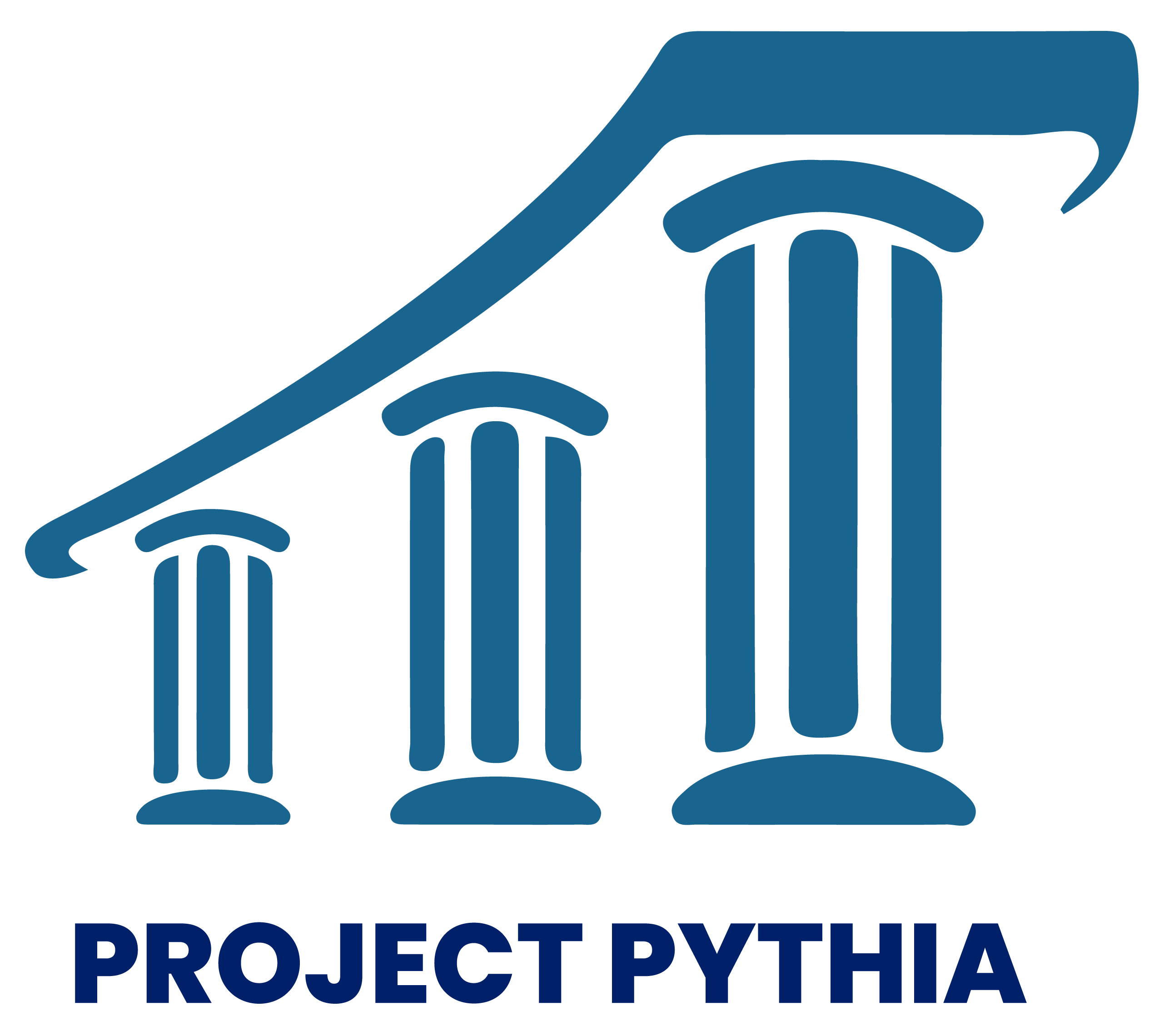
This Project Pythia Cookbook covers a workflow for using Xarray and xbatcher for deep learning applications. Specifically, it demonstrates a reusable workflow for recreating an xarray dataset from a deep learning model’s output, which can be used for further analysis or visualization.
Motivation¶
This cookbook will be useful for data scientists and machine learning practitioners who want to leverage the power of xarray and xbatcher for their deep learning workflows. By the end of this cookbook, you will have gained skills in loading and processing Xarray datasets into a format suitable for deep learning using xbatcher and furthermore, you will learn how to recreate an Xarray dataset from the output of a deep learning model.
Authors¶
Contributors¶
Structure¶
This cookbook is broken up into two main sections - “xbatcher Fundamentals” and “Example Workflow”. The first section covers the foundational concepts and tools needed to work with xbatcher and xarray, while the second section provides a practical example of how to use these tools in a complete end-to-end workflow.
xbatcher Fundamentals¶
The foundational content includes an overview of xbatcher, its key features, and how it integrates with xarray for efficient data handling in deep learning workflows. The first chapter covers using xbatcher to create batches of data from an xarray dataset whereas the second chapter focuses on recreating an xarray dataset from the output of a deep learning model.
Example Workflow¶
Example workflow includes using xbatcher to create batches of data from an xarray dataset (ASTER Global Digital Elevation model), training an Autoencoder on this data, and then using xbatcher again to reassemble the model’s output into a new xarray dataset.
Running the Notebooks¶
You can either run the notebook using Binder or on your local machine.
Running on Binder¶
The simplest way to interact with a Jupyter Notebook is through Binder, which enables the execution of a Jupyter Book in the cloud. The details of how this works are not important for now. All you need to know is how to launch a Pythia Cookbooks chapter via Binder. Simply navigate your mouse to the top right corner of the book chapter you are viewing and click on the rocket ship icon, (see figure below), and be sure to select “launch Binder”. After a moment you should be presented with a notebook that you can interact with. I.e. you’ll be able to execute and even change the example programs. You’ll see that the code cells have no output at first, until you execute them by pressing Shift+Enter. Complete details on how to interact with a live Jupyter notebook are described in Getting Started with Jupyter.
Note, not all Cookbook chapters are executable. If you do not see the rocket ship icon, such as on this page, you are not viewing an executable book chapter.
Running on Your Own Machine¶
If you are interested in running this material locally on your computer, you will need to follow this workflow:
Clone the
https://github.com/ProjectPythia/xbatcher-deep-learningrepository:git clone https://github.com/ProjectPythia/xbatcher-deep-learning.gitMove into the
xbatcher-deep-learningdirectorycd xbatcher-deep-learningCreate and activate your conda environment from the
environment.ymlfileconda env create -f environment.yml conda activate cookbook-devMove into the
notebooksdirectory and start up Jupyterlabcd notebooks/ jupyter lab